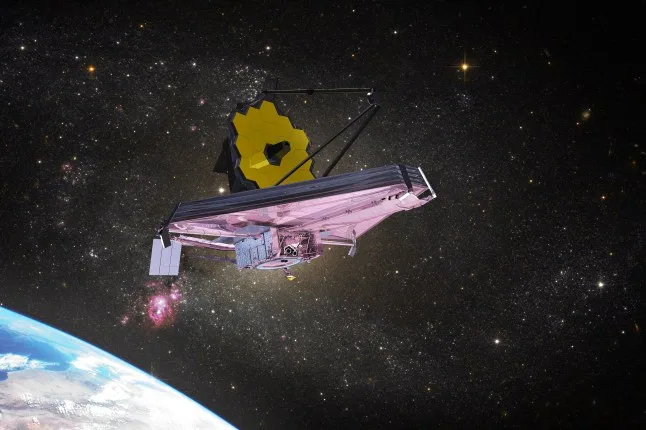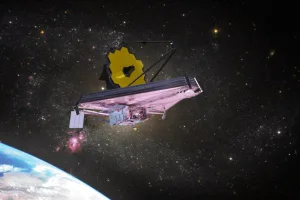
Possible Signs of Life Spotted on a Distant Planet
Scientists believe they may have found the clearest sign so far that life could exist beyond our solar system. The discovery comes after detecting certain chemical compounds on a faraway exoplanet—compounds that, here on Earth, are almost entirely linked to living organisms.
The planet in question is K2-18b, sitting about 124 light-years from us and more than twice the size of Earth. Using the James Webb Space Telescope, researchers picked up traces of dimethyl sulfide (DMS) and dimethyl disulfide (DMDS) in its atmosphere. Webb is able to do this by studying how starlight filters through the planet’s atmosphere from its small red star.
On Earth, these gases—DMS and DMDS—mainly come from microscopic life, especially marine plankton. While scientists warn that some unknown chemistry could also create them, the fact that K2-18b is located in its star’s habitable zone makes the find even more intriguing.
Professor Nikku Madhusudhan from Cambridge University called it “the strongest evidence yet that there may be life out there.” He explained that the signal could be confirmed within a year According to him, the gas appears in quantities thousands of times greater than on Earth. If those numbers really point to life, then this planet might be overflowing with life.”
The possibility of oceans on K2-18b has also been raised, though experts urge caution. Dr David Clements, an astrophysicist at Imperial College London, who was not part of the study, reminded everyone that the findings do not yet amount to a confirmed detection. Still, he noted it as an important step forward.
It’s worth noting that earlier studies of Webb data found no strong evidence of DMS or DMDS. Madhusudhan’s team later re-analysed the information and reported being “more confident” that DMS is the best explanation for what they observed. Meanwhile, a separate group led by Dr Renyu Hu at Caltech also found models that included DMS fit the data slightly better, but not enough to claim a definitive detection.
So far, the discovery has sparked plenty of curiosity and excitement in the science world. It highlights both the possibility of life on other worlds and the challenge of proving it beyond doubt.








